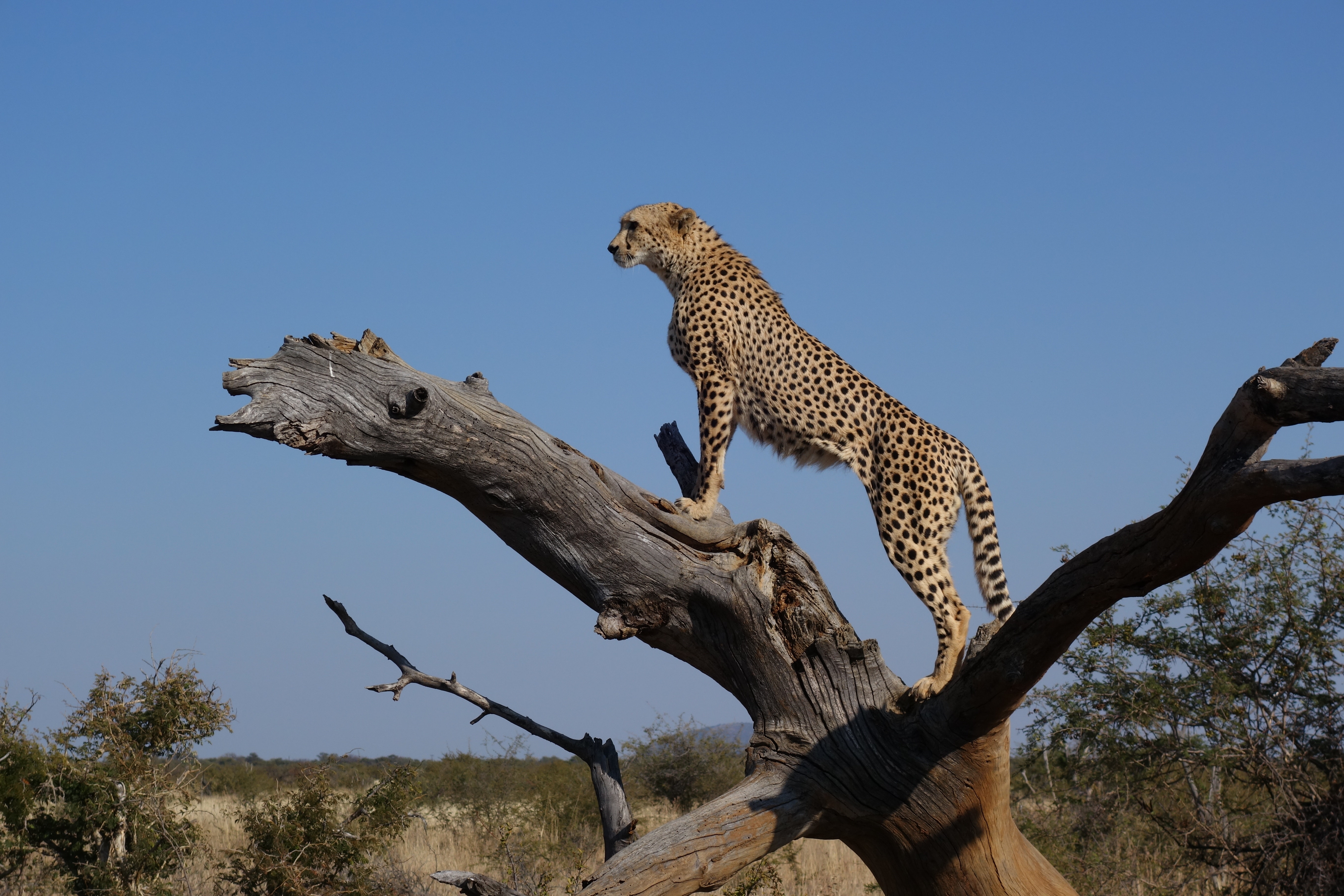We are all too familiar with the destruction humanity can cause. One of the biggest dilemmas of science is that with development, the destruction of nature increases. One of many species we drove out of India is the Cheetah. One of the big seven of the cat family, and the fastest land animal. These beautiful predators had been on this subcontinent for thousands of years, with evidence of human interaction dating back to the Neolithic period. The connection of cheetahs with India is so strong that even the name cheetah is believed to have been derived from the Sanskrit word ‘Chitrak’, meaning the spotted one.

Sadly, back in 1947, Maharaja Ramanuj Pratap Singh Deo of Koriya princely state hunted down the last three recorded Asiatic cheetahs in India. After that, in 1952, the cheetah was officially declared extinct in India by the Indian Government. Over-Hunting is the major reason for their extinction, the destruction of their narrow prey base, and loss of grassland-forest habitat are other major factors.

Since the 1940s, cheetahs have gone extinct in 14 other countries.
In a first-of-its-kind mission, The Indian government, with the help of Namibia and South Africa, is translocating some African native cheetahs to the Indian Kuno National Park.
By the way, did you know? The scientific name of cheetahs, Acinonyx jubatus, is partly denoted to them not being able to fully retract their claws like other cats. The Greek word Acinonyx translates to “no-move-claw”.
Why was Kuno National Park Chosen?
Six sites were assessed in 2010 by WII, Kuno national park was observed to be capable to receive the cheetahs immediately. While Kuno already has a healthy prey base, 700 such species have also been introduced, say, officials. Aside from that, the rainfall, temperature, and altitude of Sheopur District, where Kuno is located, are similar to that of Namibia and South Africa.
Why has the Cheetah Been brought back?
The Reasons for translocation go beyond restoring India’s Historic Evolutionary Balance, extending to developing a metapopulation for cheetahs to facilitate the worldwide conservation of the species. The conservation of cheetah will revive the grassland-forest habitat and its biome, similarly to how the project tiger did for the forests and all the species in them.
Curbing Homing Instincts
One of the many challenges that will need tackling is an animal’s homing instincts. Most animals, from snails and birds, to frogs and cats, have an uncanny ability to sense direction, and if displaced, make their way back. In the case of big cats such as our 8 Namibian Cheetahs, this instinct brings the risk of losing them from the target site and risking conflict with the people these carnivores will come across while they find their way back home. This has happened before. In November 2009, a young tiger that had been moved from Pench to Panna started moving southward only 11 days after it was released in the new location and walked 440kms in 30 days before being intercepted and brought back to Panna.

Officials say that the young male cheetahs will be released from the holding enclosure within 4-8 weeks and that females present in the enclosure will keep them in the vicinity.
The translocation is certainly a daring venture for the whole country, with loads of factors that could go wrong and tip the scales in favour of another disaster, but in the Words of our former PM, Late Shri Indira Gandhi, “The meek may one day inherit the earth, but never the headlines.”


